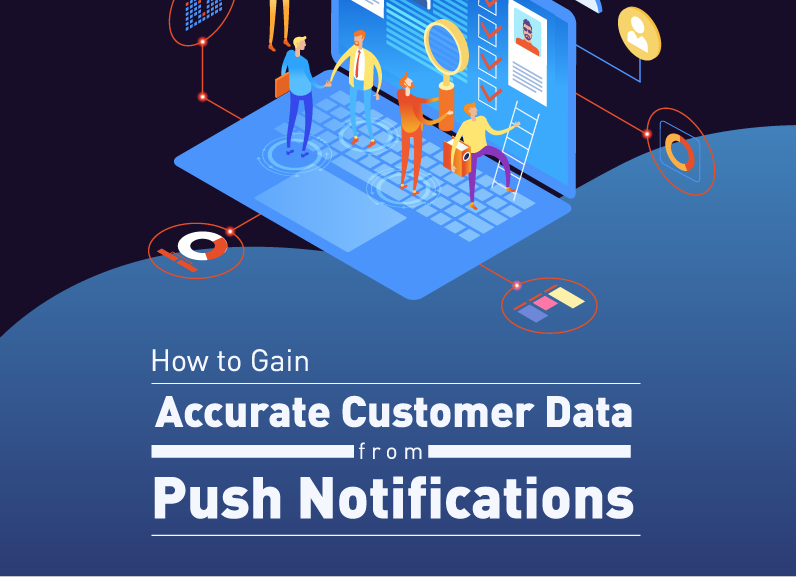With the rise of smartphones and the rapid development of apps, push notifications have become part of your everyday digital experience. Most, if not all, apps will ask you to enable push notifications, which appear as a banner at the top of the screen. Desktop websites and browsers have also begun to adopt this trend and optimize the use of this feature.
While your audiences may debate on the necessity of push notifications, businesses can take advantage of this feature. With the right approach and strategies, your brand can get customer data from push notifications.
The numbers don’t lie either: 90% of push notifications are opened, and 65% of users return to an app within a month when push notifications are enabled. With this, crucial information like your customer’s device type, demographics, preferences, location, and even topics of interest can be gleaned from push notifications.
The best way to get this information is to show the value of enabling push notifications by telling your audience what they’re missing out on or what they could gain. Other methods include tailoring your announcements to your audience through relatable and on-brand and giving them incentives for opting-in and interacting with your notifications, such as high-value content or promos.
Of course, timing plays a significant role—with the data you already have, you can decide when to prompt your audience best, making them more likely to share their data through; for example, when completing a survey.
Digital marketing is constantly changing, and underutilizing your brand’s push notifications could set you back, letting your competitors take the lead. Don’t get stuck ignoring a customer service metric or missing out on valuable data your audience is more than willing to share. Check the infographic below for a more detailed rundown on getting customer data from push notifications and the benefits of doing it right.

